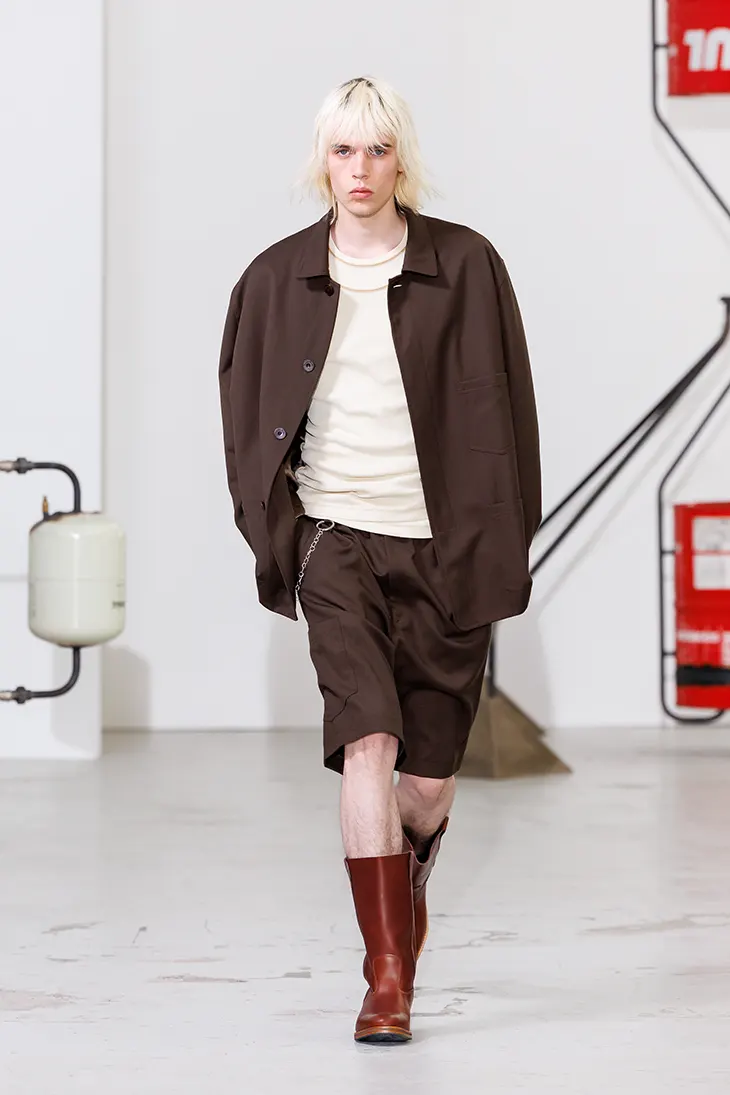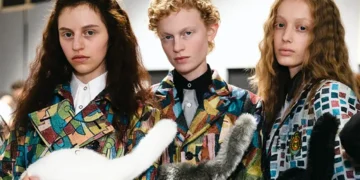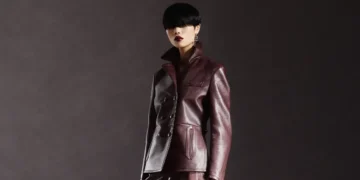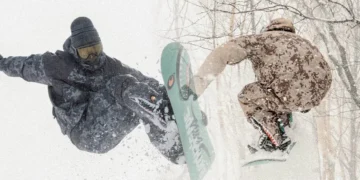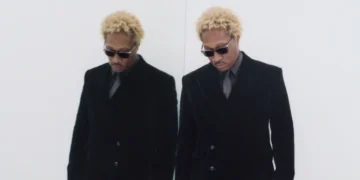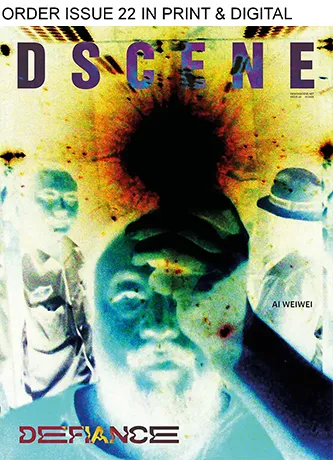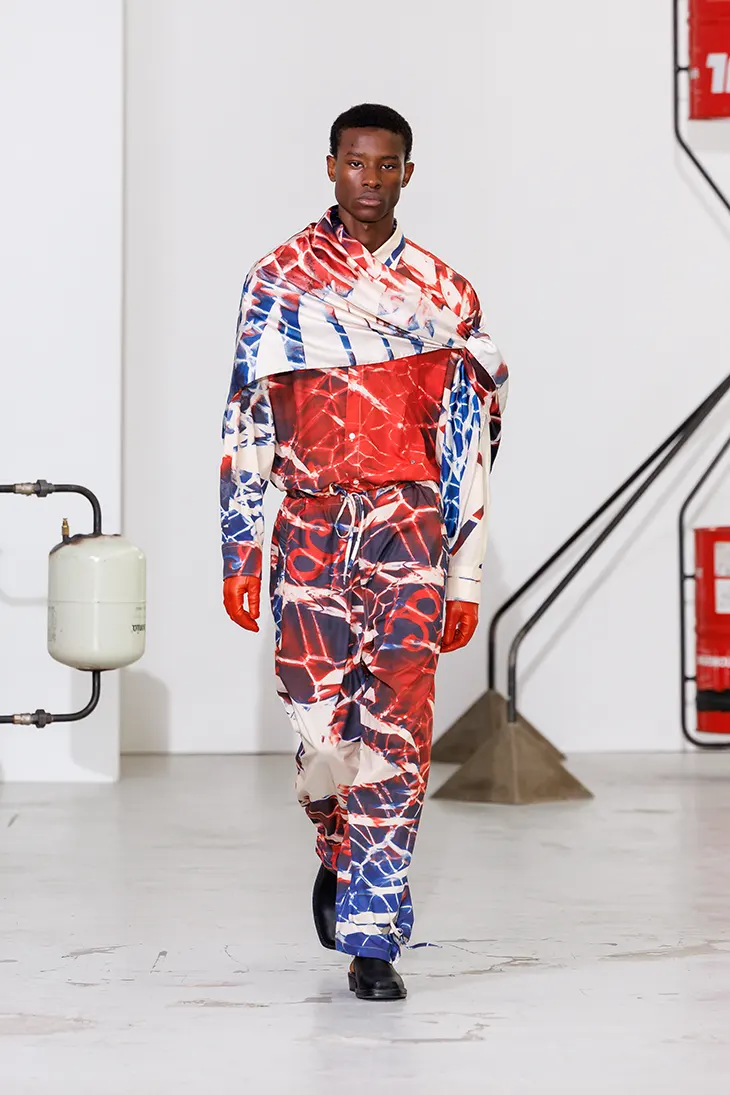
Études Studio presented its SS26 collection, No.27, titled Surroundings, at Palais de Tokyo. The label, led by Aurélien Arbet and Jérémie Egry, continues to treat clothing as both structure and message. For this season, the team looked to Land Art as a central thread, focusing not only on place, but on the lasting marks left by use, exposure, and presence. Clothing appears not as static object, but as surface shaped by gesture and environment.
The figure of the artist frames the collection. Études builds its vocabulary from signature pieces, now reinterpreted with new volume and function: hooded bombers, lightweight overcoats, wide trousers with removable tool belts, working suits, and fluid shirting. The garments move between fitted and open. Some sit close to the body, while others extend movement, borrowing details from workwear, cinched ankles, reinforced knees, atelier coats, while introducing dual-weight tailoring and soft structure.
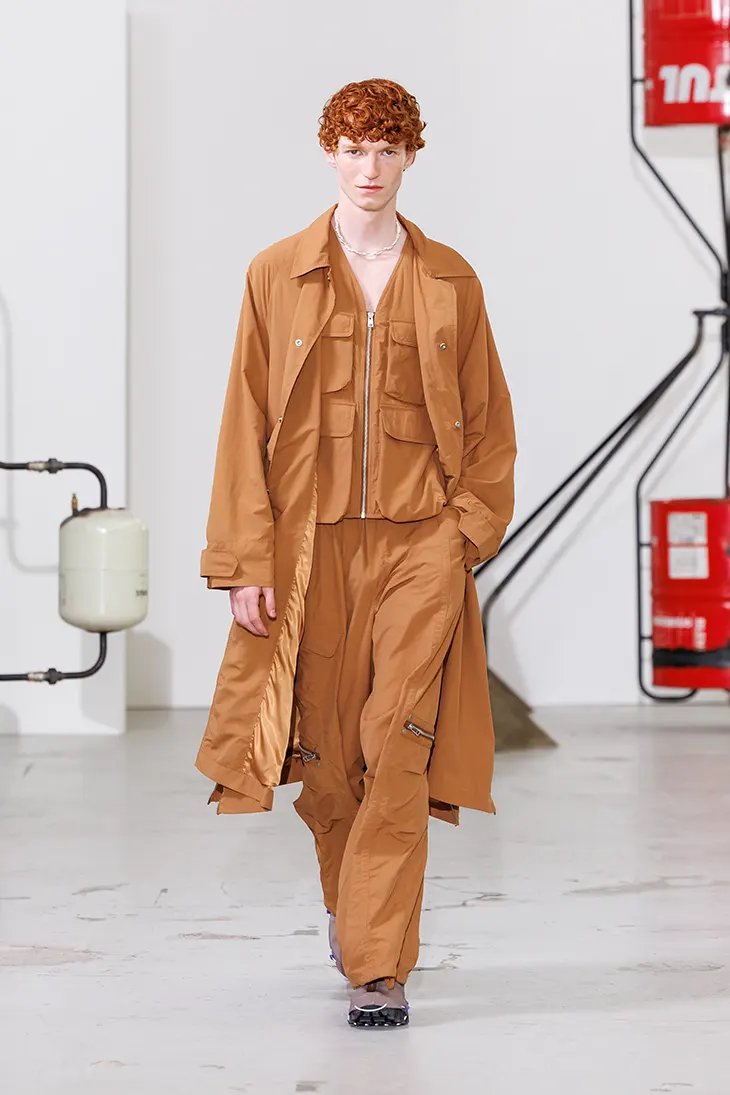
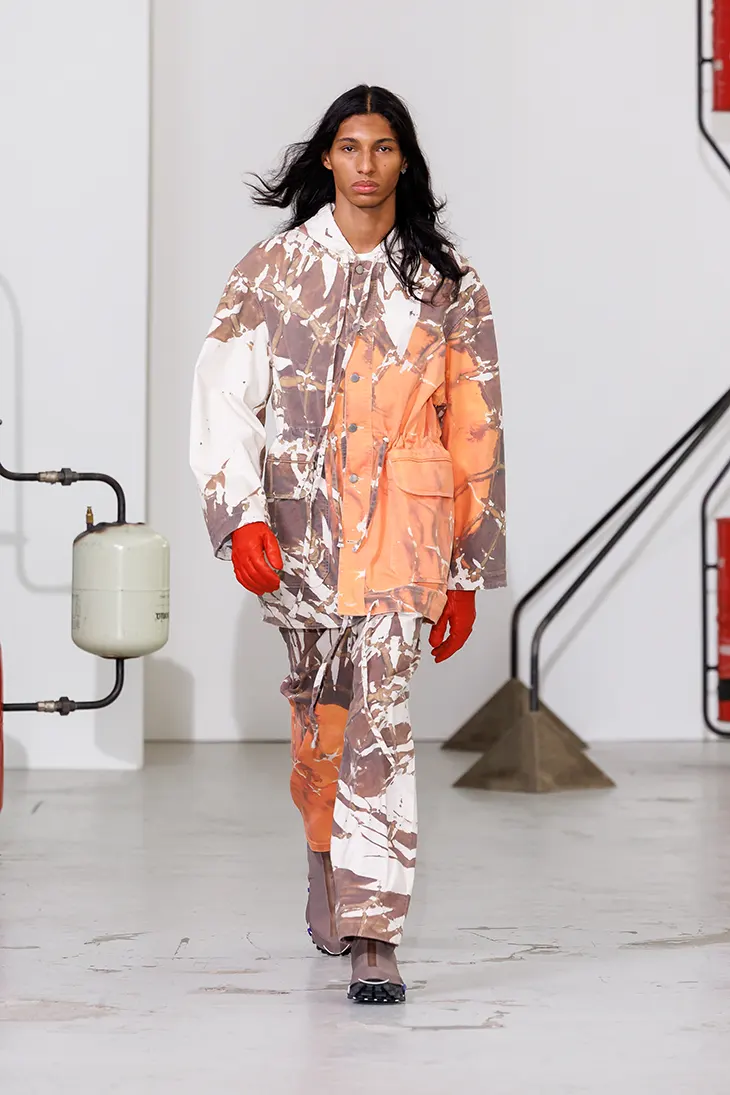
Throughout the collection, technical choices define the silhouette. Exposed zippers, contrast stitching, and practical pocket systems create visual anchors. The approach remains utilitarian, but the construction resists rigidity. Movement drives form. Each item feels shaped by physical activity: by walking, working, or adjusting.
Fabrics include organic cotton poplin, ripstop, sun-bleached denim, jersey, and open-knit mohair. Texture plays a key role. Materials arrive altered, faded, cracked, washed out to suggest history. Whether these marks result from wear or are imposed in construction remains ambiguous. The colour story reflects both the studio and the earth: chalk, ochre, charcoal, bark-brown, and zinc-gray tones run through the collection, creating a material sense of depth.
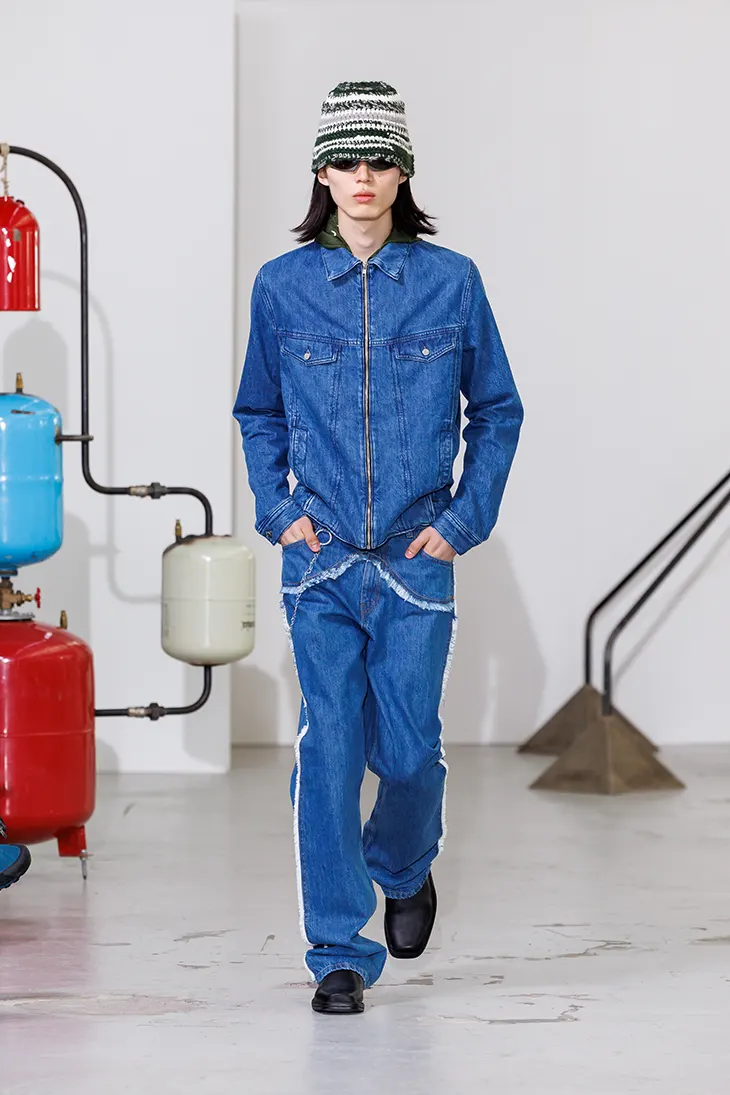
Words appear across garments, embroidered or printed on t-shirts, scarves, and bandanas. Phrases like Alternatives are Possible, Second Nature, and Structure of Feeling turn the clothes into surfaces for visual language, tying wear to idea. These additions echo the conceptual pull of the show, reinforcing the body as participant rather than model.
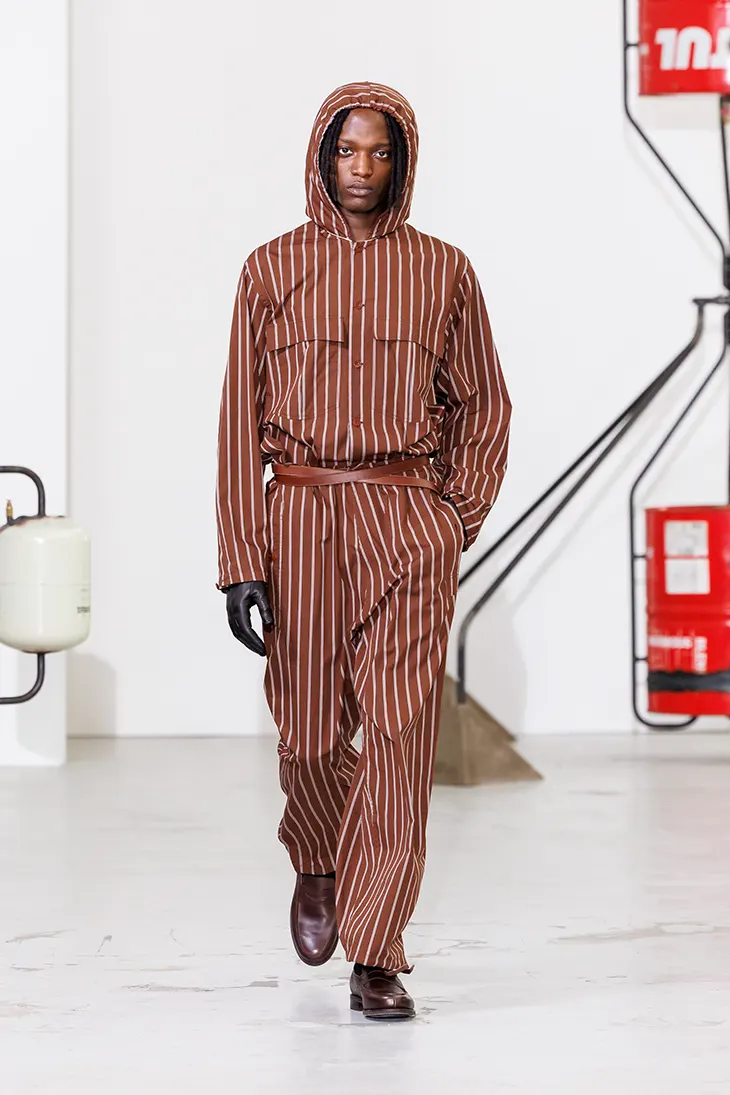
Études staged the presentation in the light-filled Galerie Haute. The models walked a spiral path, referencing Land Art and Robert Smithson. Sculptures by François Dufeil punctuated the space. Built from reclaimed materials, the sculptures also functioned as instruments. Amélie Grould activated them during the show, creating a live soundscape. Percussion became a way to translate Land Art’s physicality into echo, creating a direct connection between body, material, and space.
Artist Maia Ruth Lee joined the collection as collaborator. Her practice, shaped by her own displacement and a focus on language and memory, provided a new layer to Études’ themes of grounding and record. Two of her series appear across garments, expanding the sense of trace, both emotional and physical.
